02:26
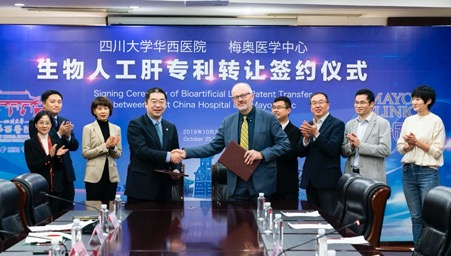
The West China Hospital in Sichuan Province has transferred two patents for liver treatment to America's Mayo Clinic, one of the world's top medical centers. This deal, the first of its kind by Mayo in China, comes after years of intensive medical research and work on both sides.
On October 25, representatives from the two medical institutions clinched the long-awaited bioartificial liver (BAL) patent transfer deal at West China Hospital in southwest China's Chengdu City. The patents under the spotlight are the bioartificial liver system and fluidized bed bioreactor, part of an artificial liver bedside treatment device designed to help treat liver failure and other liver-related diseases.
Seeking better ways to cope with liver problems
Statistics show that each year there are more than one million new cases of liver failure in China, while another 30 million patients with chronic hepatitis are at risk. In the country, the incidence of severe liver failure has exceeded that of lung cancer, gastrointestinal tumors and liver cancer.
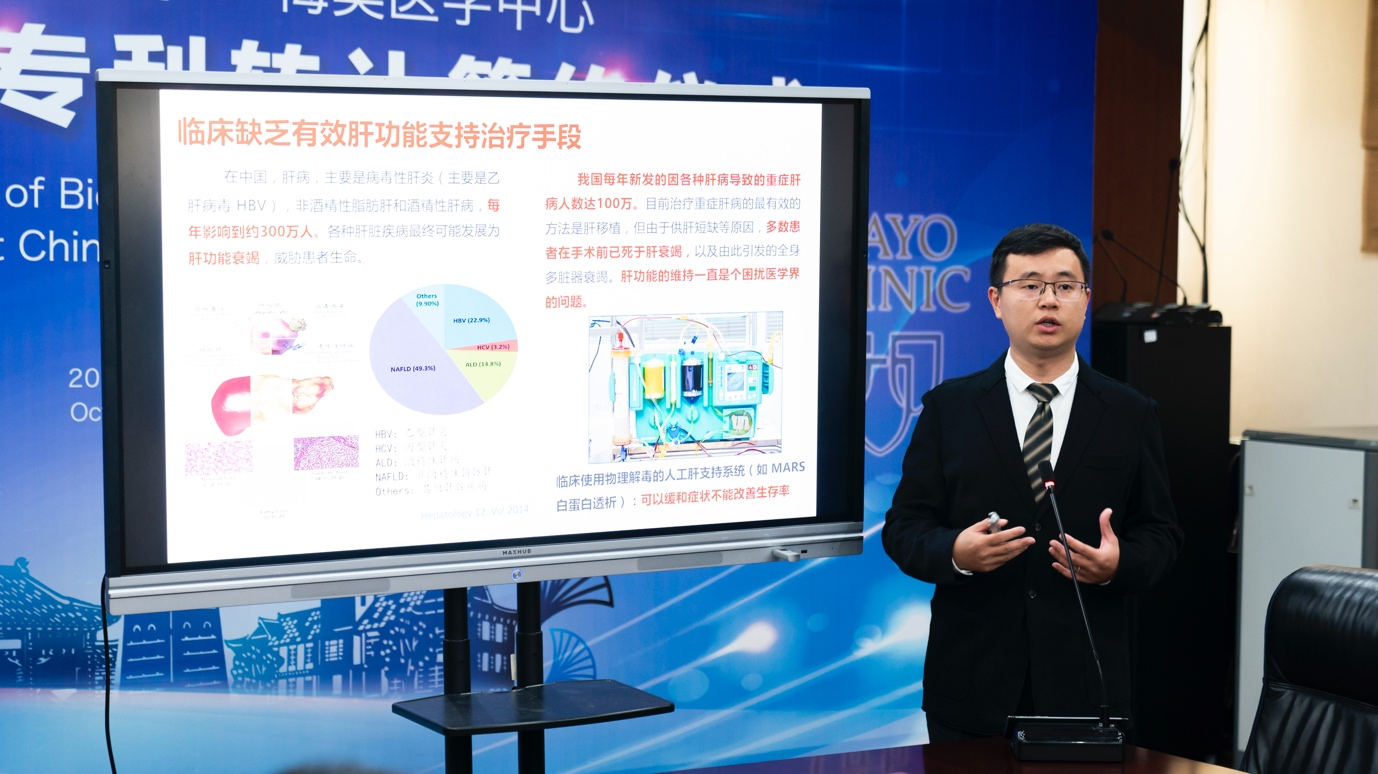
Bao Ji, associate professor of pathology at West China Hospital. /WCH Photo
Bao Ji, associate professor of pathology at West China Hospital. /WCH Photo
Bao Ji, an associate professor of pathology at West China Hospital and one of the leading members working on the patents, explained to CGTN that people with liver failure mainly resort to two types of medical solutions: medication for early-stage cases and liver transplantation for end-stage. But due to a shortage of organ donors, less than 2 percent of the patients in China are able to get liver transplantation each year.
As a result, many turn to therapeutic plasma exchange (TPE), which is achieved by removing accumulated toxins from patient plasma as well as restoring the coagulation profile. But this effort has been hindered by a severe shortage of plasma supply. Researchers then came up with the idea of using artificial liver and bioartificial liver. While the artificial system is based on the principles of adsorption and filtration, the more complex concept of bioartificial devices includes the provision of hepatocytes, or liver cells.
How does bioartificial liver support system work?
The basic principle of the bioartificial liver support system is to place live liver cells in a bioreactor and exchange their substances with the patient's plasma through a semipermeable membrane – a layer that only certain molecules can pass through, so as to partially replace the liver's functions of synthesis, metabolism and detoxification.
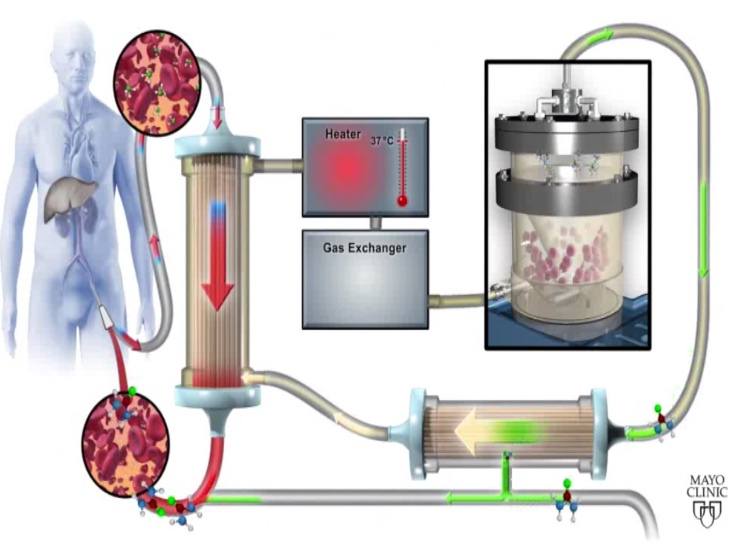
A flow chart shows the mechanism of the bioartificial liver support system. The design represents an advanced level of research internationally on liver diseases treatment. /Mayo Clinic Photo
A flow chart shows the mechanism of the bioartificial liver support system. The design represents an advanced level of research internationally on liver diseases treatment. /Mayo Clinic Photo
In this way, the liver's function is maintained in the short-term, saving more time for patients to get liver transplantation. Besides, it can also help promote the recovery of autologous hepatic function, thus reducing the need for patients to secure liver transplantation.
Spheroid Reservoir Bioartificial Liver (SRBAL), developed by Professor Scott L. Nyberg from Mayo Clinic, is one of the most advanced BAL systems in the world and is at the conversion stage from laboratory to market.

Prototype of the Spheroid Reservoir Bioartificial Liver, developed by Mayo Clinic in the 2000s. /Mayo Clinic Photo
Prototype of the Spheroid Reservoir Bioartificial Liver, developed by Mayo Clinic in the 2000s. /Mayo Clinic Photo
Since 2010, the Pathology Laboratory of WCH has been partnering with Prof. Nyberg on the bioartificial liver support system, sending medical staff regularly to his laboratory for joint training and academic visits. Bao Ji is one of them.
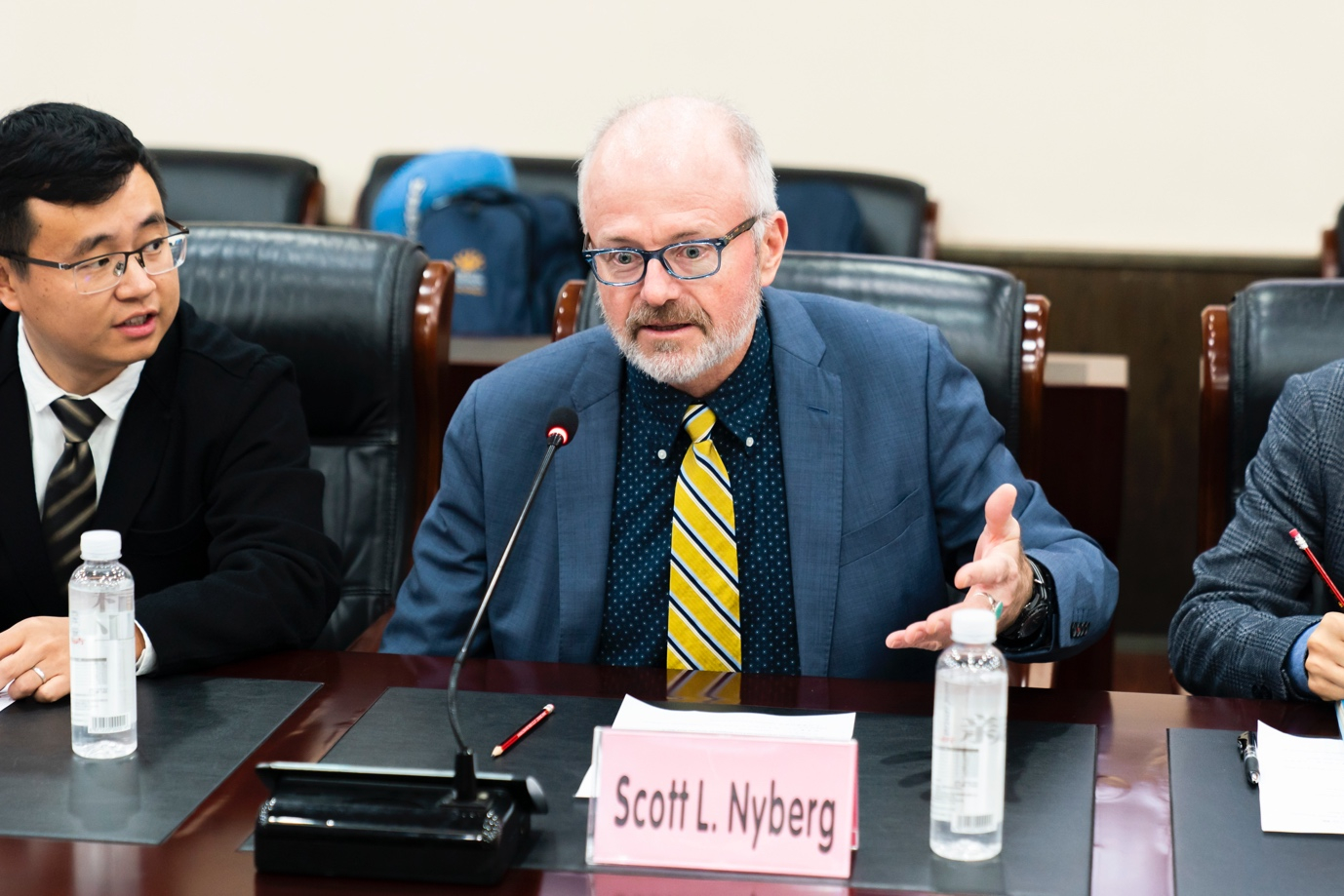
Professor Scott Nyberg. /WCH Photo
Professor Scott Nyberg. /WCH Photo
New patents help reduce treatment costs by over 60%
In the two patents transferred to Mayo Clinic, the bioartificial liver system enables uninterrupted treatment by integrating the functions of nutritional support and artificial kidney. The fluidized bed bioreactor utilizes space more efficiently and reduces the use of the medium by more than 50 percent. Therefore, applying these two technologies to Mayo Clinic's SRBAL system can reduce treatment costs by over 60 percent.
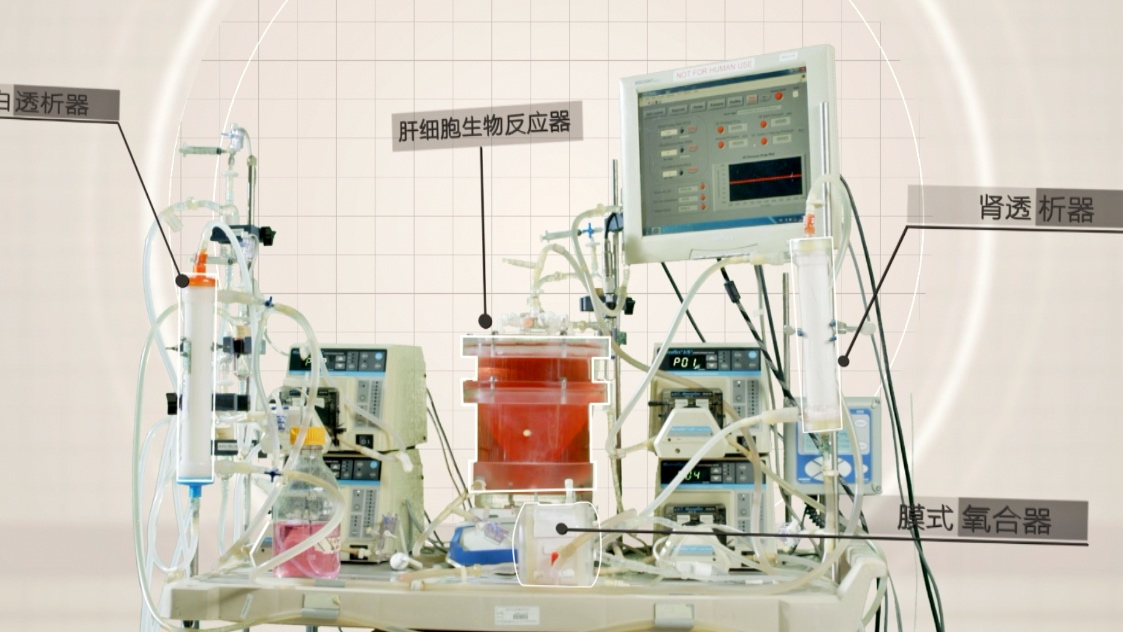
The picture above shows an updated version of the bioartificial liver support system, as equipped with patents designed by West China Hospital. /WCH Photo
The picture above shows an updated version of the bioartificial liver support system, as equipped with patents designed by West China Hospital. /WCH Photo
Based on the agreement, Mayo Clinic will apply these two technologies to its SRBAL system to speed up the implementation of the bioartificial liver patent and realize its clinical development and market sales, so that more and more patients with liver diseases can benefit from these devices.
West China Hospital is one of the largest single-site hospitals in the world, with 4,300 beds on the two campuses in Chengdu. Comprehensively, it ranked No. 2 among all the hospitals in China for nine years in a row, while its research influence ranked No. 1 for five years.
According to WCH, through the patent transfer with Mayo Clinic, the hospital is on par with world-class teams in the field of bioartificial liver research. It pledges to proceed with preclinical research and accumulate data so as to build its own brand in the field.